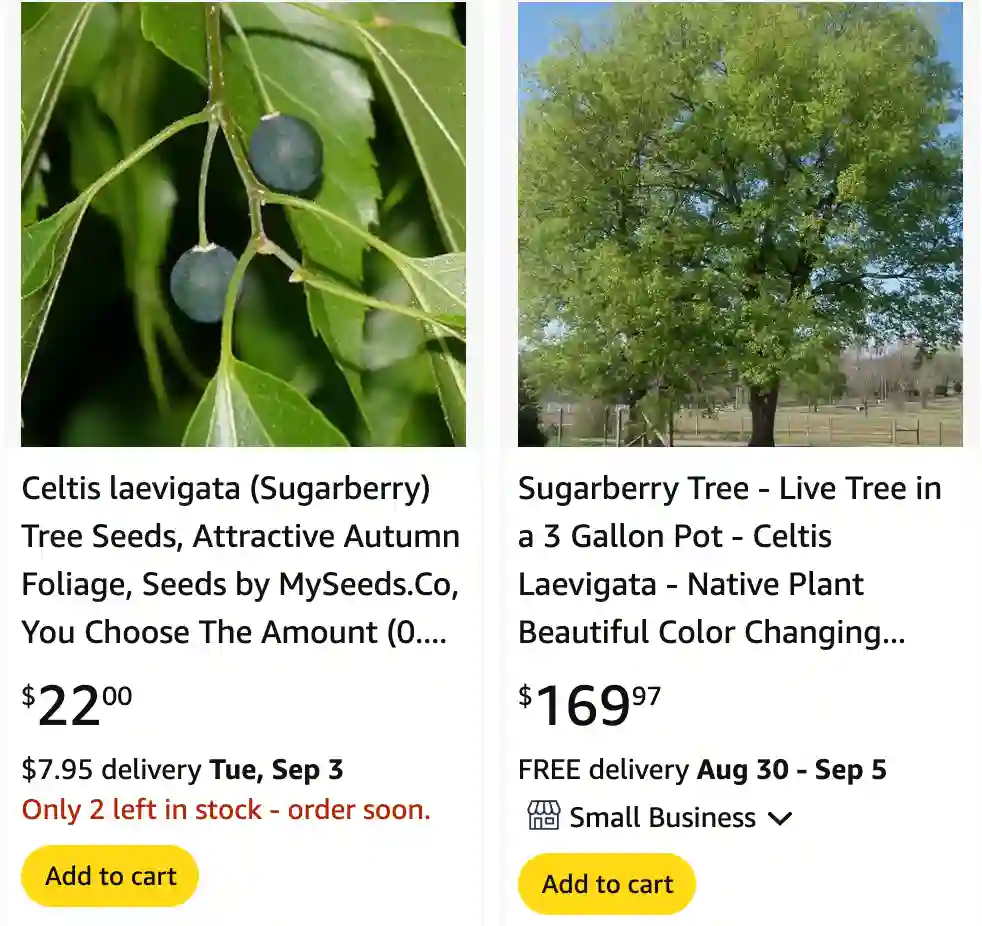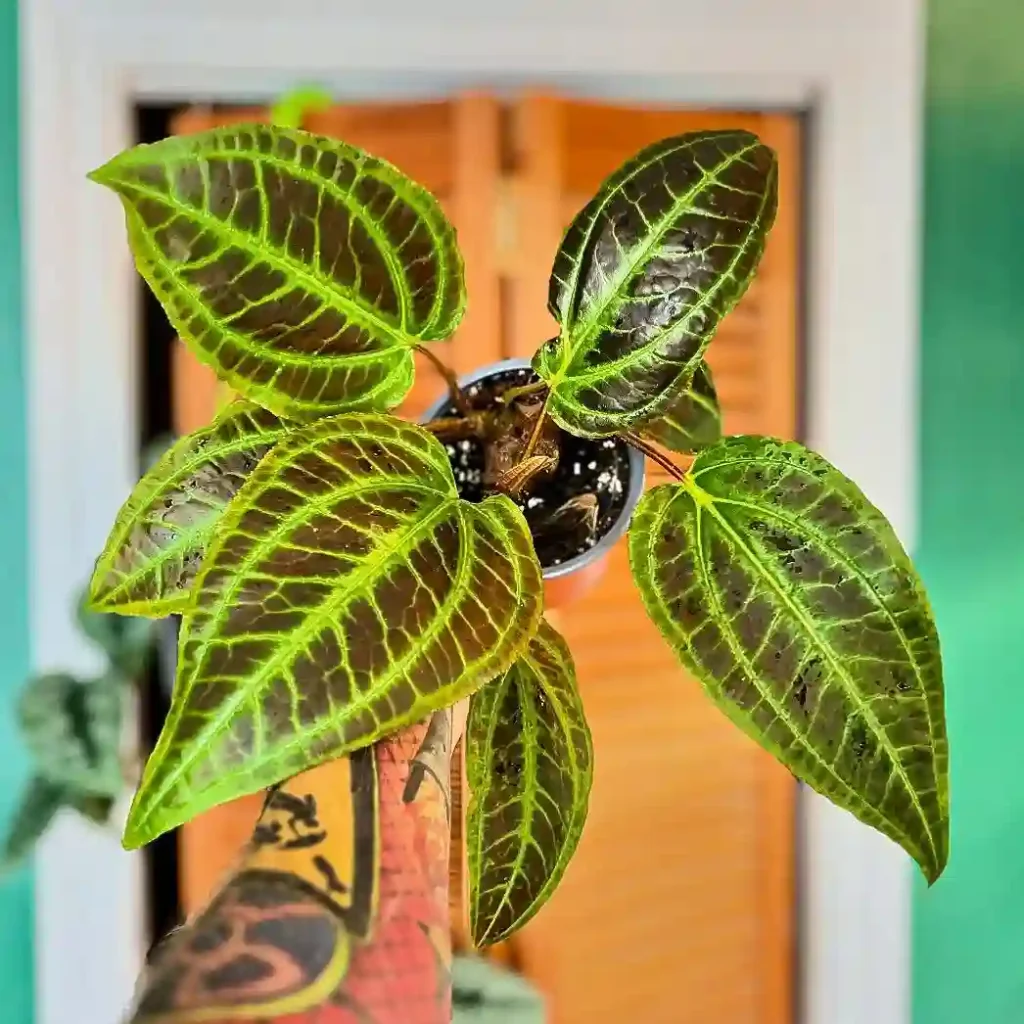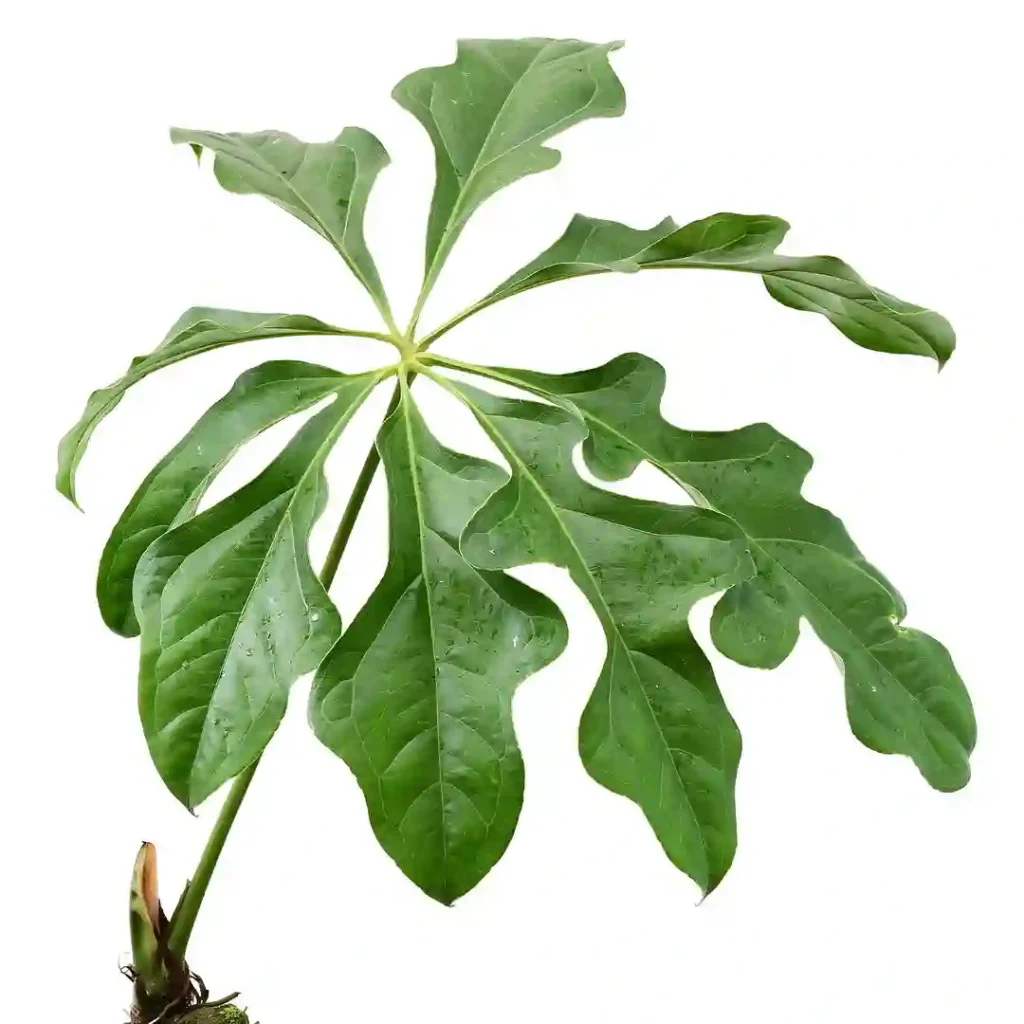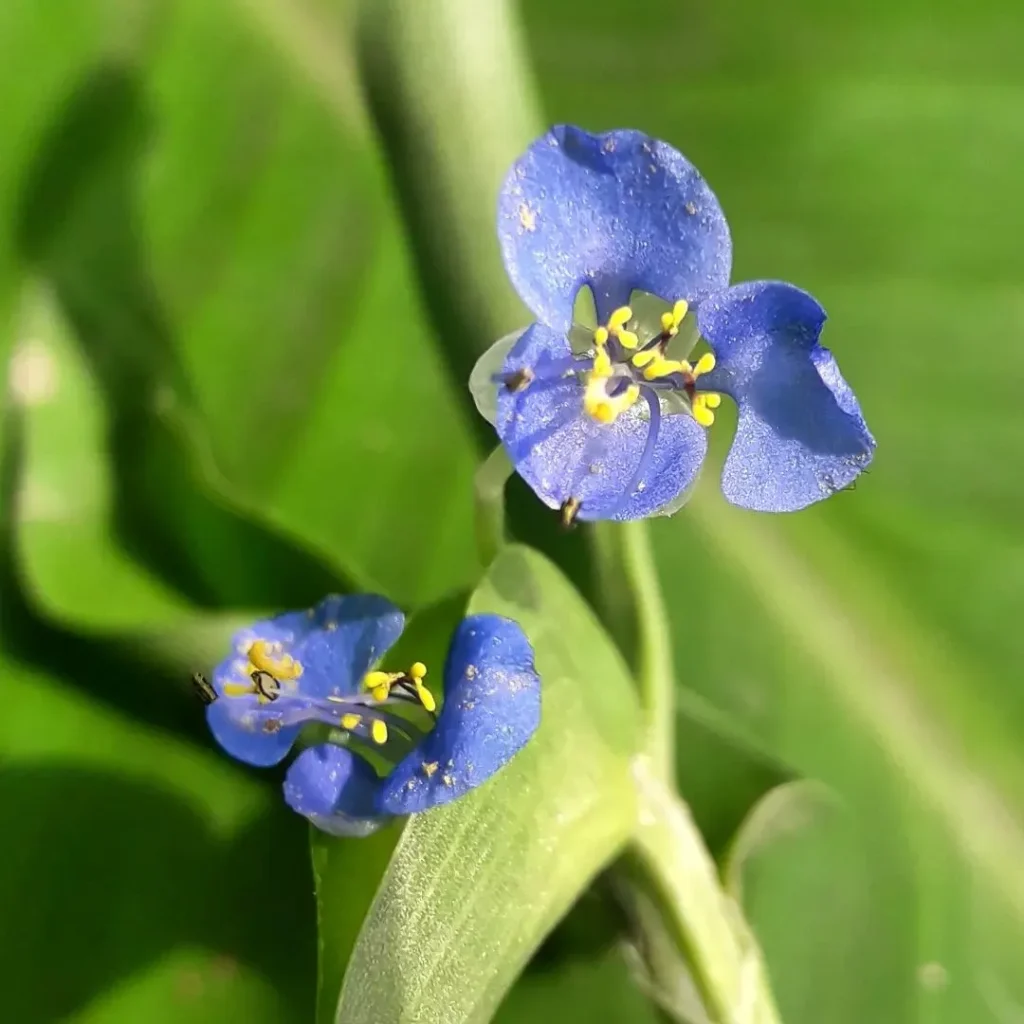
Frequently Asked Questions About Celtis Laevigata
Celtis Laevigata, also known as the Sugarberry or Southern Hackberry, is a versatile and attractive tree species native to the southeastern United States. Over the years, I’ve had my share of experiences with this tree, and I often get questions about its characteristics, care, and comparisons with similar species. Here’s a comprehensive guide based on common FAQs about Celtis Laevigata.
68 Species in Genus Celtis
What Is Celtis Laevigata?
Celtis Laevigata is a deciduous tree known for its distinctively smooth bark and small, sweet-tasting berries. It typically grows between 30 to 50 feet tall and is valued for its shade and ornamental qualities. Its foliage turns a vibrant yellow in the fall, making it a popular choice for landscaping.
How to Care for Celtis Laevigata?
Caring for Celtis Laevigata is relatively straightforward. It prefers full sun to partial shade and can tolerate a range of soil types, from sandy to clay. However, it thrives in well-drained soil. Regular watering is essential during the tree’s establishment period, but once mature, it is quite drought-tolerant. Pruning is minimal, usually required only to remove dead or damaged branches.
How to Propagate Celtis Laevigata?
Propagating Celtis Laevigata is generally done through seeds or cuttings. Seeds should be collected in late summer and stratified (cold-treated) before planting to enhance germination rates. If you prefer cuttings, take semi-hardwood cuttings in late summer and root them in a moist, well-draining medium.
Can You Grow Celtis Laevigata Indoors?
Growing Celtis Laevigata indoors is challenging due to its size and light requirements. It is best suited for outdoor environments where it has ample space to grow. Indoor growth can be attempted if you have a very large space and sufficient natural light, but this is not typical for this species.
Is Celtis Laevigata Toxic?
Celtis Laevigata is not toxic to humans or pets. The berries are small and sweet but are generally not consumed due to their mild taste and small size. As with all plants, it’s always good practice to avoid consumption of non-edible parts.
What Are the Benefits of Celtis Laevigata?
Celtis Laevigata offers several benefits. It provides excellent shade with its broad canopy and adds aesthetic value with its attractive bark and fall color. Additionally, it supports local wildlife by providing food and habitat. Its drought tolerance makes it a low-maintenance option for landscaping.
What Are Common Problems with Celtis Laevigata?
While Celtis Laevigata is generally hardy, it can face a few issues. Pests like the hackberry nipple gall maker can affect its health, causing distortions in the leaves. Fungal diseases such as powdery mildew might also occur, especially in humid conditions. Regular inspection and appropriate treatments can help manage these problems.
Celtis Laevigata vs Carpinus Caroliniana
Celtis Laevigata and Carpinus Caroliniana, commonly known as American Hornbeam, are often compared due to their similar growth habits and uses. Celtis Laevigata has smoother bark and a more rounded crown compared to the American Hornbeam’s distinctly fluted bark and denser foliage. Carpinus Caroliniana typically has a more compact growth habit and is often chosen for its unique bark texture and dense shade.
Celtis Laevigata vs Hackberry
The term “Hackberry” is often used to describe Celtis species in general, including Celtis Laevigata. However, when comparing Celtis Laevigata to other Hackberry species, such as Celtis Occidentalis, the differences become apparent. Celtis Laevigata has a more tropical appearance with smoother bark and a more refined growth habit compared to the more rugged Celtis Occidentalis.
What to Plant with Celtis Laevigata?
When planting Celtis Laevigata, consider companion plants that complement its growth and provide a balanced landscape. Options include flowering shrubs like Hydrangeas or ornamental grasses such as Miscanthus. These plants can enhance the visual appeal and provide diverse textures in the garden.
Comparison with Similar Items
Celtis Laevigata is often confused with similar species like Celtis Occidentalis or Carpinus Caroliniana. Key differentiators include bark texture, leaf shape, and overall growth habit. Understanding these subtle differences can help in selecting the right tree for your landscape needs.
In summary, Celtis Laevigata is a versatile and low-maintenance tree that offers both aesthetic and practical benefits. By understanding its care requirements, propagation methods, and comparisons with similar species, you can make informed decisions about incorporating this tree into your garden.
If i die, water my plants!



